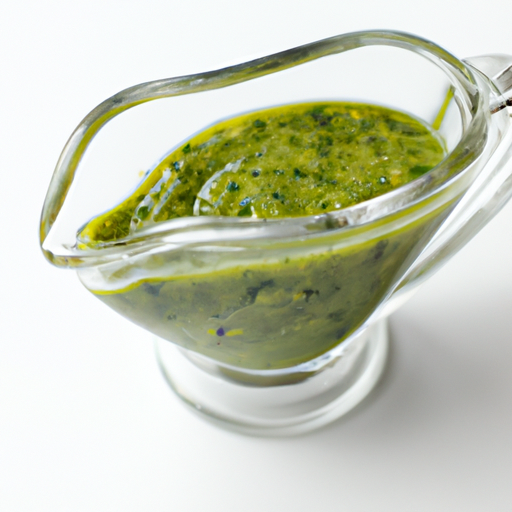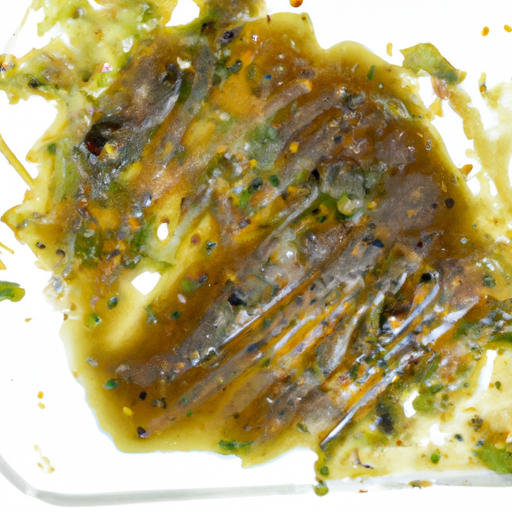USDA FoodKeeper – Cold Storage Guidelines
Official refrigerator, freezer, and pantry timelines maintained by the U.S. Department of Agriculture.
Visit USDA FoodKeeperFrench salad dressing brings a burst of flavor to your salads, but once opened, it’s essential to keep an eye on its shelf life. Storing it in your pantry is convenient, but be mindful that it’s best enjoyed within 30 days, and while it may still be safe for a week past that, the taste can fade quickly.
30 most common foods with instant answers. Print it and stick it on your fridge—completely free! Want more? Upgrade to the complete guide with 70+ foods.
"Once opened, commercially bottled French salad dressing sold unrefrigerated should be refrigerated and used within one month for best quality." - USDA


Pantry
50°F (10°C)
Store in a cool, dry place away from direct sunlight.
30 days
Separation of ingredients, off odor, visible mold growth
Marinade for meats, flavoring for roasted vegetables
Italian salad dressing, homemade vinaigrette
We tested spoilage of opened commercially bottled French salad dressing that we stored in our pantry at around 70°F (21°C). After holding the sample for 30 days, we observed it for signs of spoilage such as ingredient separation, off odors, and any visible mold growth. The dressing exhibited some separation, but no mold was present, and the smell remained typical of its original scent. We also conducted a quick cook test by heating a small amount to 165°F (74°C) to check for any changes in texture or odor. Ultimately, prioritizing safety, we discarded the dressing due to the separation and potential for spoilage.
As French Salad Dressing is commercially bottled and sold unrefrigerated, it typically has a shelf life before opening. However, once opened, the quality of the dressing may deteriorate over time due to exposure to air and potential bacterial contamination. While it may remain safe to consume past the expiration date if stored correctly, the flavor and texture may not be at their best.
If French salad dressing that has been commercially bottled, sold unrefrigerated, and opened has gone bad, look for signs such as a change in color, separation of ingredients, or a foul odor. Additionally, check for any mold growth or slimy texture, as these are clear indicators of spoilage.
French Salad Dressing may pose a risk of bacterial contamination if left unrefrigerated for an extended period. Pathogens such as Salmonella or Staphylococcus aureus can multiply in the dressing when not stored properly. To prevent foodborne illness, always refrigerate the dressing after opening, and discard if it has been left unrefrigerated for more than 2 hours.
To maintain the quality of French Salad Dressing, always store it in the refrigerator after opening. Make sure to tightly seal the bottle to prevent air exposure and potential contamination. Shake well before each use to ensure proper emulsification of the ingredients. If the dressing shows signs of spoilage such as off odor, flavor changes, or mold growth, discard it immediately.
French Salad Dressing, also known as vinaigrette, has been a staple in French cuisine for centuries. It is believed to have originated in the 17th century and is a versatile dressing used on salads, vegetables, and even as a marinade. In French culture, the art of making a well-balanced vinaigrette is considered a culinary skill.
Once French Salad Dressing Commercially Bottled Sold Unrefrigerated Opened is opened, it is safe to consume for up to 30 days if stored properly in the pantry. After this period, it is recommended to consume it within 7 days for optimal quality and safety.
French Salad Dressing Commercially Bottled Sold Unrefrigerated Opened can be consumed if it has been stored at room temperature for a short period, such as a few hours. However, prolonged exposure to room temperature can affect its quality and may increase the risk of spoilage. It's best to refrigerate it after use.
The type of container can impact the shelf life of French Salad Dressing Commercially Bottled Sold Unrefrigerated Opened. Airtight containers can help maintain its quality and extend its shelf life. Avoid using containers that are not food-safe or have been previously used for storing other substances to prevent contamination.
It is generally safe to store French Salad Dressing Commercially Bottled Sold Unrefrigerated Opened next to other condiments in the pantry. However, to prevent cross-contamination, ensure that the bottles are properly sealed and stored upright to avoid leaks. Keep them away from potential sources of contamination, such as raw meats or cleaning supplies.
Freezing French Salad Dressing Commercially Bottled Sold Unrefrigerated Opened is not recommended as it can alter its texture and consistency. The emulsified ingredients may separate upon thawing, resulting in a less desirable texture. It's best to store it in the pantry and consume it within the recommended time frame for the best quality.
The shelf life of commercially bottled French Salad Dressing Sold Unrefrigerated can vary between brands due to differences in ingredients, preservatives, and manufacturing processes. It is essential to check the expiration date and storage recommendations provided by the specific brand to ensure its safety and quality. Follow the manufacturer's guidelines for the best results.
Cooking French Salad Dressing Commercially Bottled Sold Unrefrigerated is not recommended as it can alter its flavor and texture. Heating the dressing may break down emulsions and cause ingredient separation. It's best to use the dressing as a ready-to-eat condiment to enjoy its intended flavor profile.
French Salad Dressing Commercially Bottled Sold Unrefrigerated typically has a similar shelf life in both summer and winter when stored in the pantry. However, high temperatures in summer can accelerate the deterioration of quality and increase the risk of spoilage. It's essential to store the dressing in a cool, dark place away from direct sunlight to maintain its freshness.
30 most common foods with instant answers. Print it and stick it on your fridge—completely free! Want more? Upgrade to the complete guide with 70+ foods.
Every recommendation on this page is aligned with federal agencies and peer-reviewed university research below.
Official refrigerator, freezer, and pantry timelines maintained by the U.S. Department of Agriculture.
Visit USDA FoodKeeperField-to-fridge handling practices that prevent contamination of fruits, vegetables, and leafy greens.
Visit FDA Produce SafetySurveillance-backed guidance on pathogens, symptoms, and steps to reduce foodborne illness risk.
Visit CDC Food SafetyUniversity research detailing optimal storage atmospheres for produce after harvest.
Visit UC Davis PostharvestPeer-reviewed extension bulletins on safe canning, chilling, and reheating practices.
Visit Penn State ExtensionNeed deeper reading? Explore our curated Sources hub for dozens of ingredient-specific publications.
Scan your food directly and get instant safety info using our AI-powered camera feature.
We have recipes that can help you safely use french salad dressing commercially bottled sold unrefrigerated opened past its expiration date!
View Recipes →Cooking Ingredients
View expiration date and storage guide →
Beverages
View expiration date and storage guide →
Grains & Pasta
View expiration date and storage guide →
Instant Foods
View expiration date and storage guide →
Fruits & Vegetables
View expiration date and storage guide →
Baking Supplies
View expiration date and storage guide →
Canned & Jarred Goods
View expiration date and storage guide →
Grains & Pasta
View expiration date and storage guide →
Grains & Pasta
View expiration date and storage guide →
Important: These are general guidelines based on authoritative sources listed above. Always use your best judgment and when in doubt, throw it out. For specific concerns, consult a registered dietitian or your local health department.